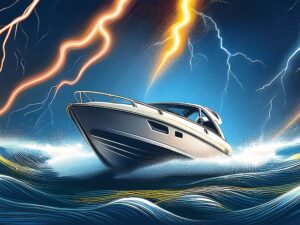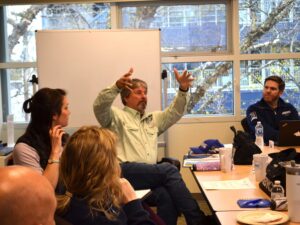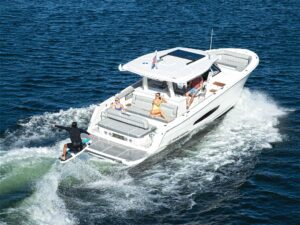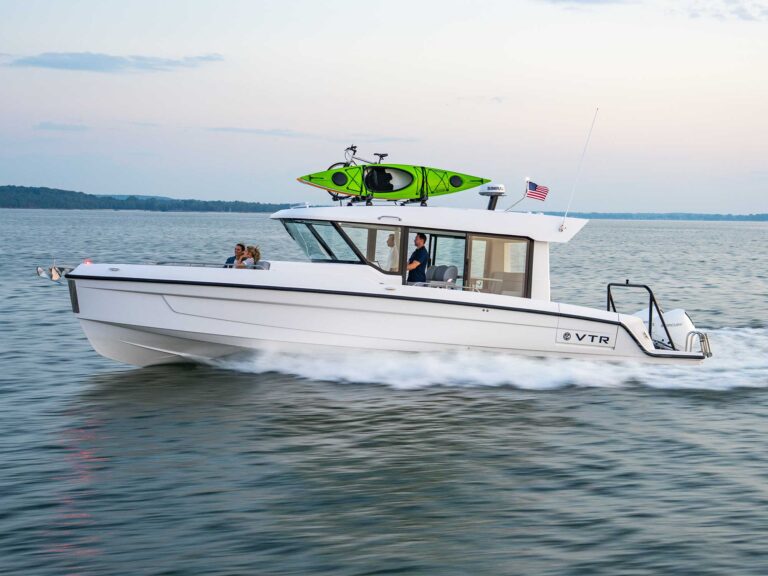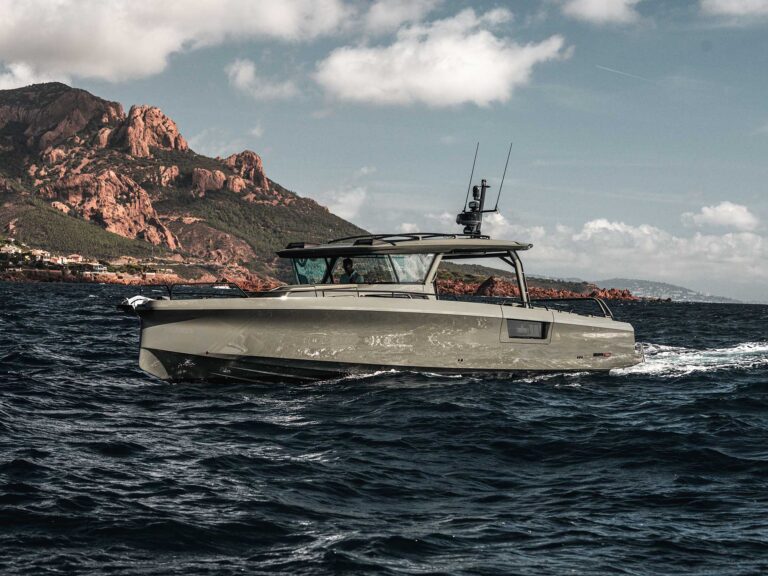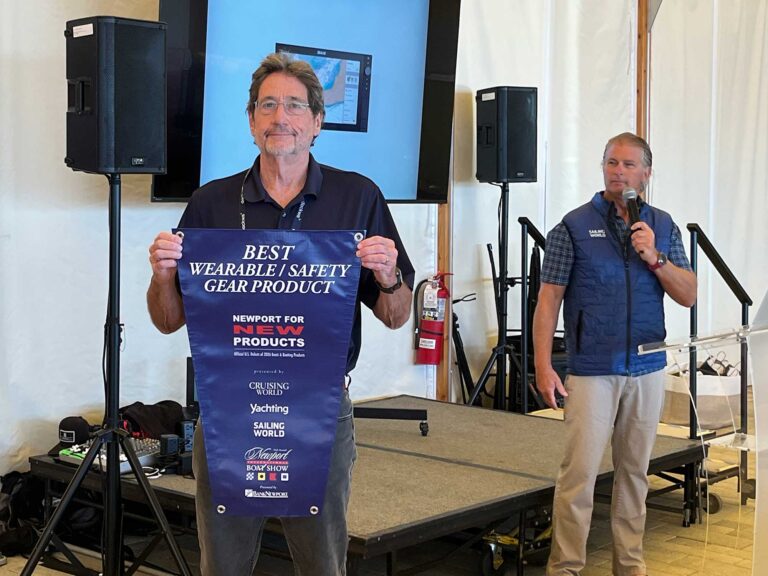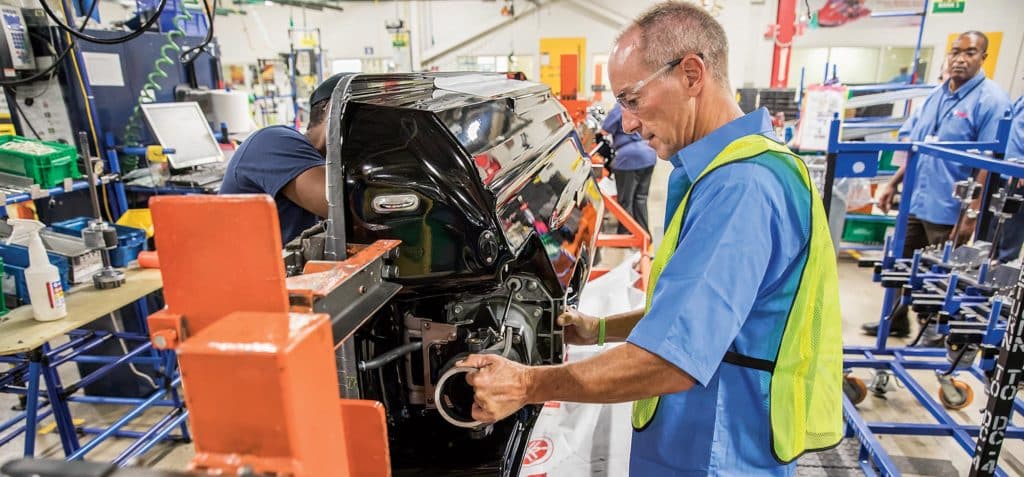
I’m barely 20 minutes into my shift on the WaveRunner assembly line at Yamaha Motors Manufacturing Corporation when the supervisor wisely singles me out. I’m thinking, clearly he recognizes a superior craftsman, knows of my many decades of industry experience, or perhaps is just keen to compliment an obviously strong work ethic. His words, however, take a different tack.
“Hey, magazine guy, I’ve been watching you,” he says, barely stifling a chuckle. “And, well, here … you better put this on.”
This refers to the garishly bright neon vest he holds at arm’s length, a garment YMMC reserves for only the most novice, most inexperienced, dare I say most clueless of employees. A bright yellow warning sign that no, I’m not some superior craftsman or even an experienced factory worker, just the rankest of amateurs.
In short, I’m officially the FNG. And now everybody — including me — knows it.

Fortunately, I’ll soon learn the ropes from some of the best personal-watercraft builders in the business. Yup, my job for the day is to actually build one of Yamaha’s best-selling WaveRunners from the ground up. The people around me, their job is to tolerate the intrusion and make sure I don’t screw up the company’s impressive 97.5 percent pass rate come final inspection time. Given my relative lack of experience, you could say my work is cut out for me. But neon newb vest or no, I’m determined to have my WaveRunner make the grade.

Building the Perfect Boat
One of my first lessons is in geography. Though WaveRunner motors still come from Yamaha in Japan, the actual craft themselves are assembled on this 280-acre campus in Newnan, Georgia, the same location that has been cranking out these speedy, nimble craft for the last 29 years. The 1 millionth WaveRunner model is set to roll off the assembly line in April 2018. There’s a 70 percent chance it will stay in the United States, by far the company’s biggest personal-watercraft market. Craft that go elsewhere will still get assembled here in Newnan by an experienced workforce. Almost 100 of the plant’s original employees still work in the factory, where workers can expect to earn more than two-and-a-half times the minimum wage. Today, I’m one of them, decked out in a light-blue work shirt, safety glasses and, go ahead and rub it in, one really bright vest.
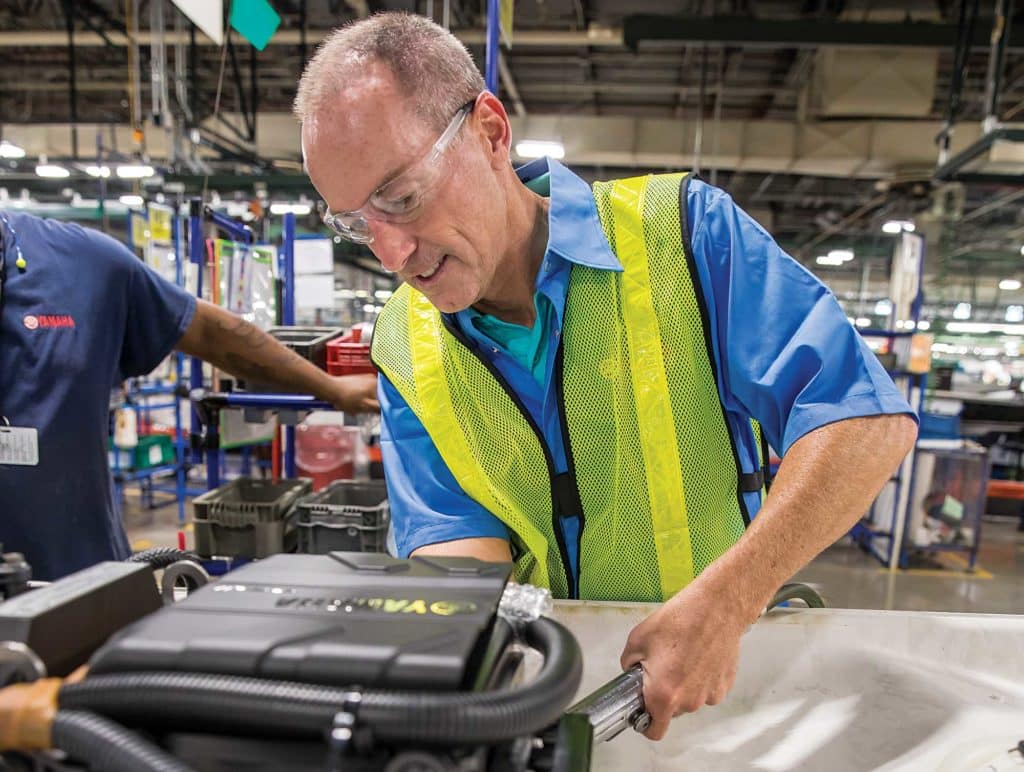
My first stop? The massive two-part compression mold used to crank out all WaveRunner hulls and decks. Life begins for these primary parts as a “charge pattern,” sheets of pre-mixed fiberglass material saturated in polyester resin known as SMC, or sheet molding compound. Patterns are meticulously laid up atop a prep table adjacent to the mold. Once slid into place, the mold closes, pressure and heat are applied, and the material liquefies to take the shape of the mold. Four minutes later, out pops a complete hull or deck.
SMC uses fiberglass for strength, a filler to add bulk, and resin to bond the materials together. Yamaha has three varieties of the material, a standard version that uses calcium carbonate as the filler, and two nano-engineered varieties known as NanoXcel and NanoXcel 2 that substitute microscopically engineered exfoliated clay to retain strength while reducing weight. Unlike calcium carbonate, which bonds in a butt joint (think marbles piled atop each other), the clay stacks bricklike for a stronger lap joint, trimming the material’s bulk. NanoXcel knocks an impressive 25 percent off the weight of traditional SMC. NanoXcel 2 takes things a step further, trimming that figure by an additional 18 percent. The ultimate goal is to improve each WaveRunner’s horsepower-to-weight ratio. The lighter YMMC can make the hull and deck, the greater the performance once that craft hits the water.

Rise of the Robots
Obviously fearful I’ll screw up and become a “Nano Employee,” my supervisor wisely keeps me away from the massive press, but I am entrusted with grasping the hull and deck of my craft — a WaveRunner EX Deluxe — after they’ve been removed from the mold. Using controls that look vaguely similar to a WaveRunner’s handlebars and throttle, I operate an overhead crane to grasp the completed piece, lift it free, and then move it to the side before stacking it atop identical pieces waiting for the assembly line. I take to the task like, well, like an inexperienced guy in a neon-yellow vest, moving the deck awkwardly about before finally banging it into place atop the stack. Thankfully, the material is strong. There’s not a chip to be found on the smooth, paintable surface.
Read Next: Personal Watercraft Handling and Control Gets More Responsive
Wisely, robots handle the next step in the process: the cutting of various holes — from engine compartment and storage-bin access to driveshaft and various control cable ports — via a high-pressure water jet, a computer-controlled cutter that carves precision shapes via a fine stream of water. It’s quick and accurate, with the holes cut out in a manner of minutes and located in the same exact spot piece after piece. From there, components head to the painting area, where the surfaces are prepped by hand before continuing on the conveyer to a glass-enclosed paint room. Once again, I’m thinking I’m going to play a key role when my supervisor hands me a special paint-room-only trench coat, but it seems the coat is more to protect the paint from my contamination rather than the other way around. Even then, I simply glaze through the glass as more-experienced workers perform one final touch-up before, again, precision robots perform a choreographed dance around the surface, applying the perfect dose of color in all the right places.

Cool tidbit: Smaller parts, like stowage-compartment hatches, are formed in other high-compression molds fed a steady diet of tiny plastic pellets. Like the hull and deck’s charge pattern, these pellets will melt once heat and pressure are applied, and the components will quickly take on the familiar shape. When they’re brought into the paint room, the pieces are actually charged with 30 to 50 kilovolts of electricity to attract the paint onto the surface. Flash photography is prohibited throughout the area, just in case the sensors decide that a flash is a spark — and components receive a premature water test from the fire-protection system.
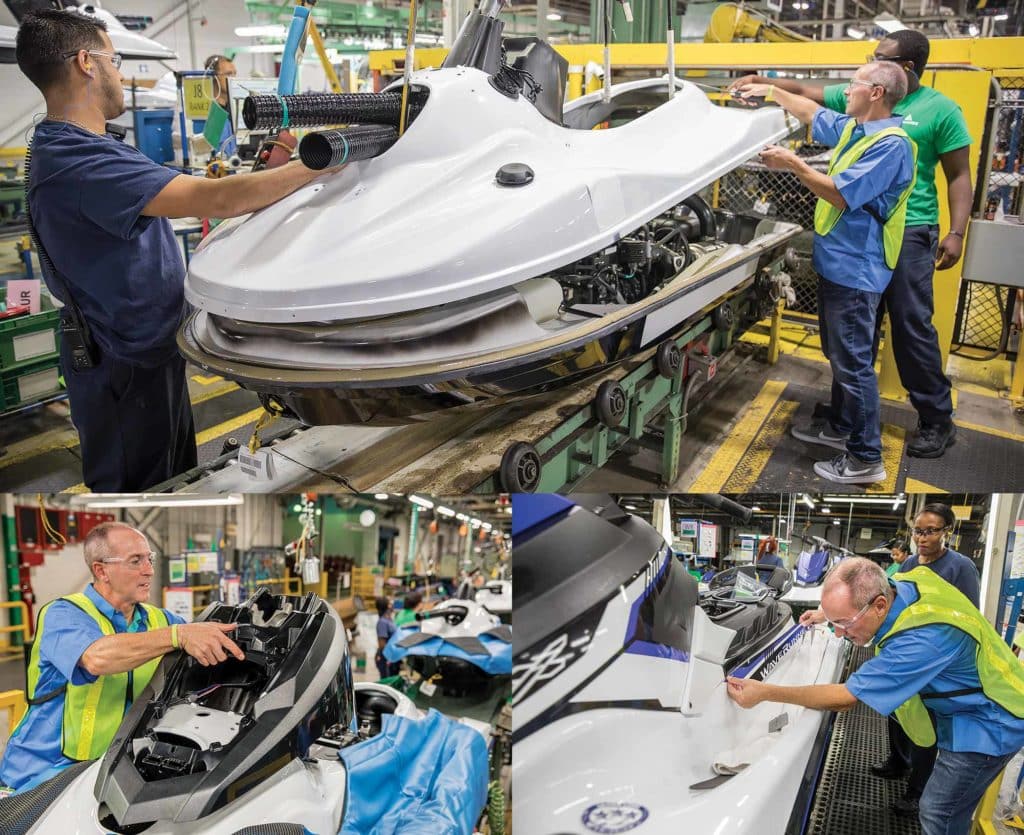
Assembly Required
With hull, deck and smaller parts formed and painted, it’s finally time for me to get my hands dirty on the assembly line. My first job consists of fitting the hull with its liner, followed by injecting a precise amount of expanding foam to fill the voids and provide flotation. Next come the necessary engine and pump mounts, along with various inserts and plumbing fittings before the engine and pump are ultimately bolted into position. Air-driven tools are set to precise torque limits (clearly, they’ve seen me tighten a few bolts), so even this newb manages to get everything right on spec. At the same time, decks pass on a parallel line where they receive similar treatment, gaining items like wiring looms along with various handling and control cables. The assembly line moves on a two-minute cycle, meaning I feel kind of like Lucille Ball making chocolates in that classic episode of I Love Lucy.

At the end of the dual lines, the two primary components are finally ready to be mated. Once again, a robot demotes me to observer as it meters out the precise amount of adhesive along the hull’s bond line. I then step in, along with a fellow worker, to guide the now-flipped deck down and atop the hull. It fits like the lid of a shoe box, with the deck flange overlapping and mating against the hull flange below. A heated cure oven will finish the job for a lasting, watertight seal. My day’s far from done. I also glue down the traction mats, bolt on the handlebars, and add the rub rail and colored insert along the bond line. Ultimately, my craft rolls off the line, down a short ramp, and gently splashes into a water-filled test tank, where robot arms push it down at various angles to test for water intrusion.

Water test complete, I pluck my craft from the tank and do a U-turn, depositing it onto the conveyor that will carry it through the final finishing touches. Appropriately, they’re taken care of by good ol’ manual labor. Using an application solution (think soapy water), I slide a series of graphic decals into place, making sure to mirror the placement a designer intended and verifying I’ve labeled the craft a Yamaha WaveRunner and not an Ahamay RennurEvaw. Once satisfied, I grab a plastic squeegee to push out the fluid and permanently set the adhesive. From there, it’s on to quality control — where Yamaha inexplicably decides to have an experienced professional actually second-guess my work and go over the craft with the proverbial fine-toothed comb. I hurl my vest to the ground in protest and demand my work be respected.
Just kidding.
Completed craft next get crated, labeled and stockpiled before shipment to dealers. I slap on the final label, toss out a few high-fives, then head for the door, mission complete. Or at least I think it is, until the supervisor’s familiar voice rings in my ear.
“Not too bad, newbie,” he says with a grin. “But we produce over 200 of those on this shift. And right now, you’re about 199 behind.”
Remind me not to quit my day job.


